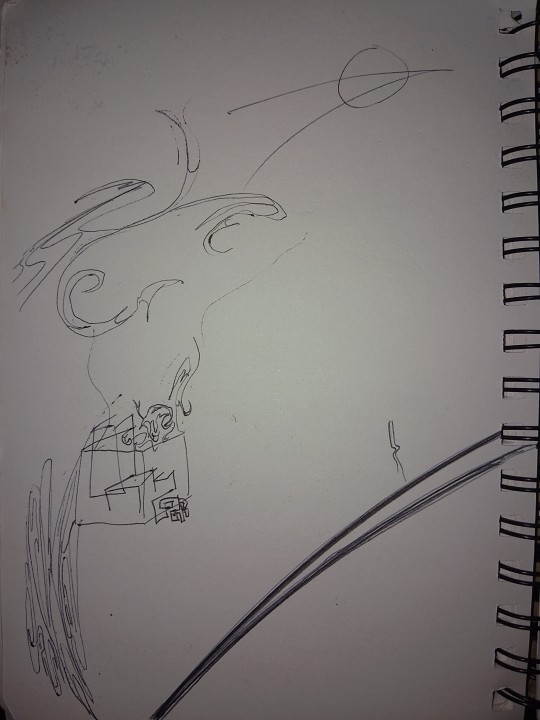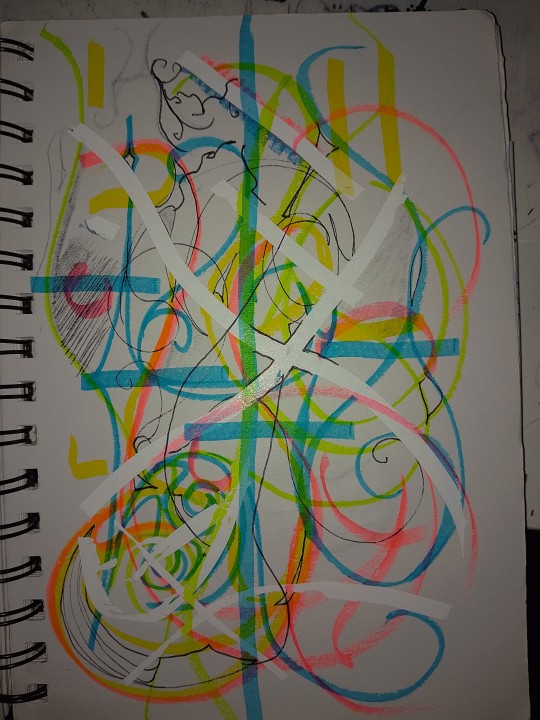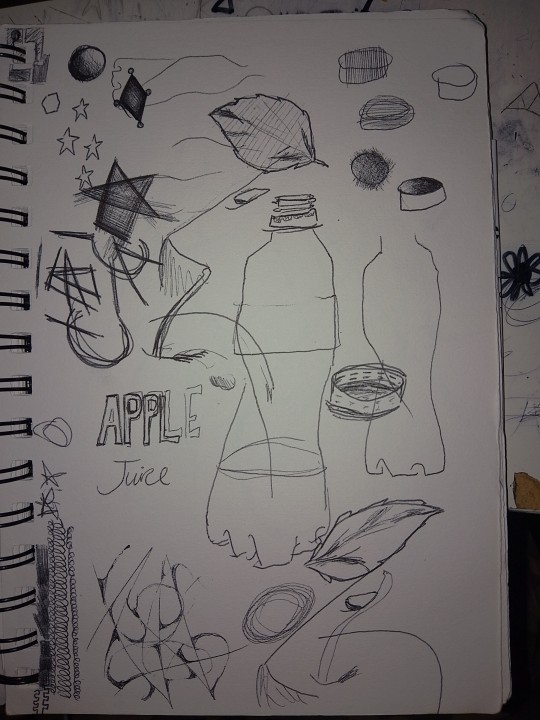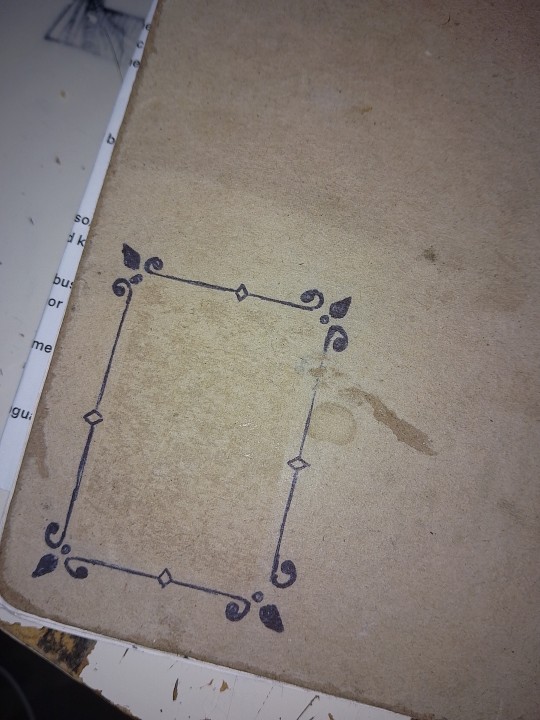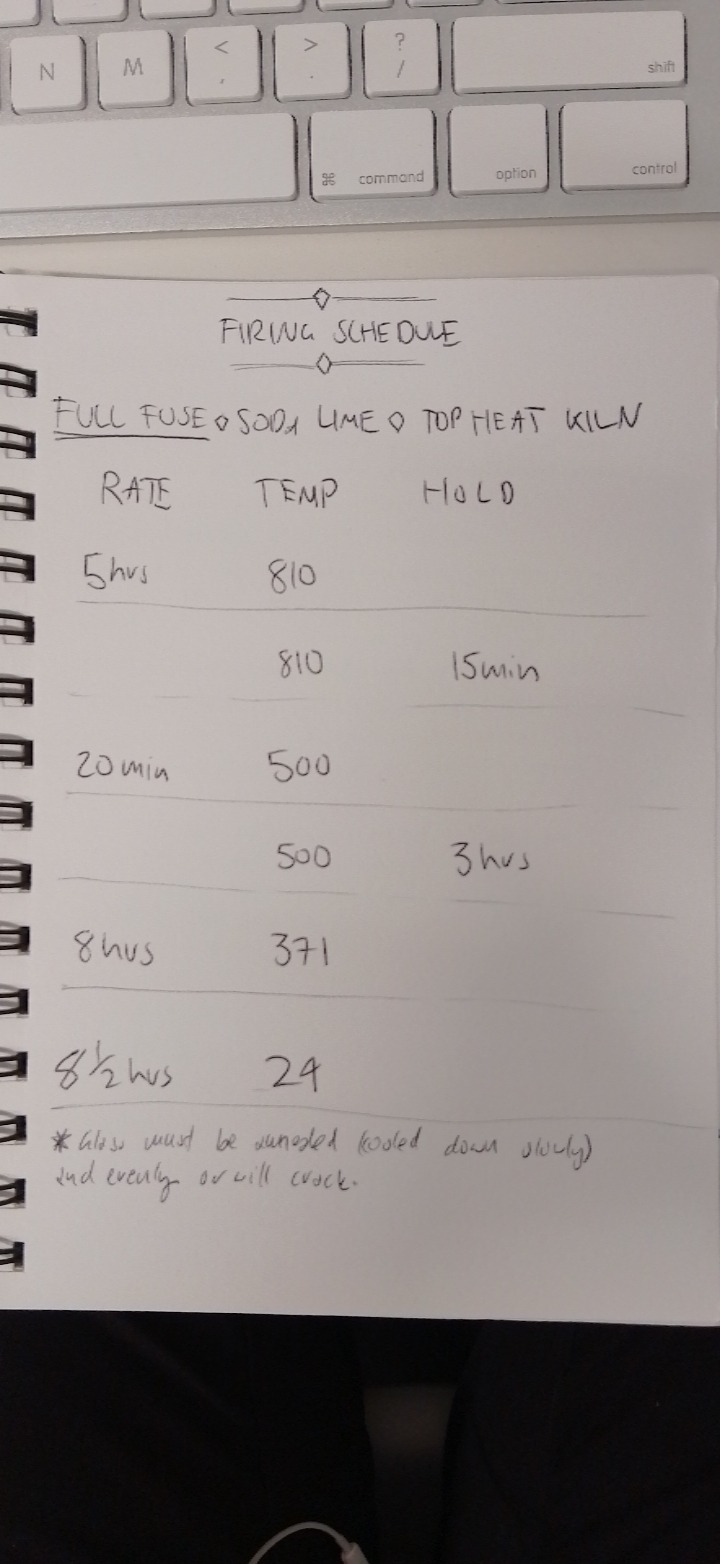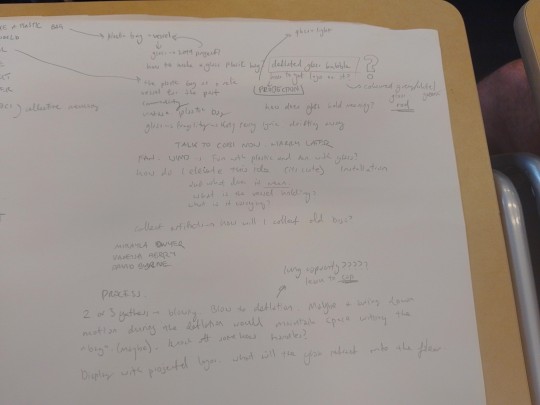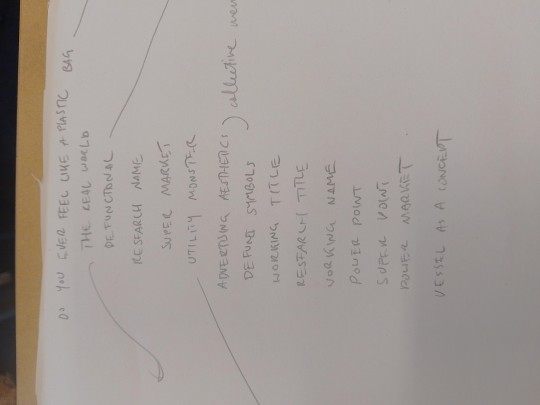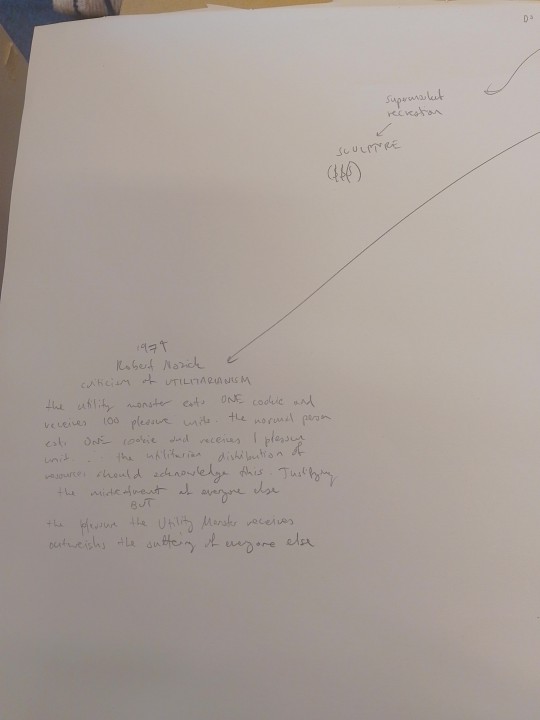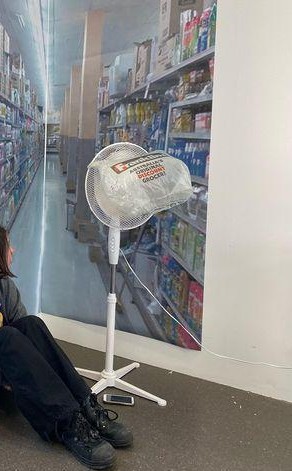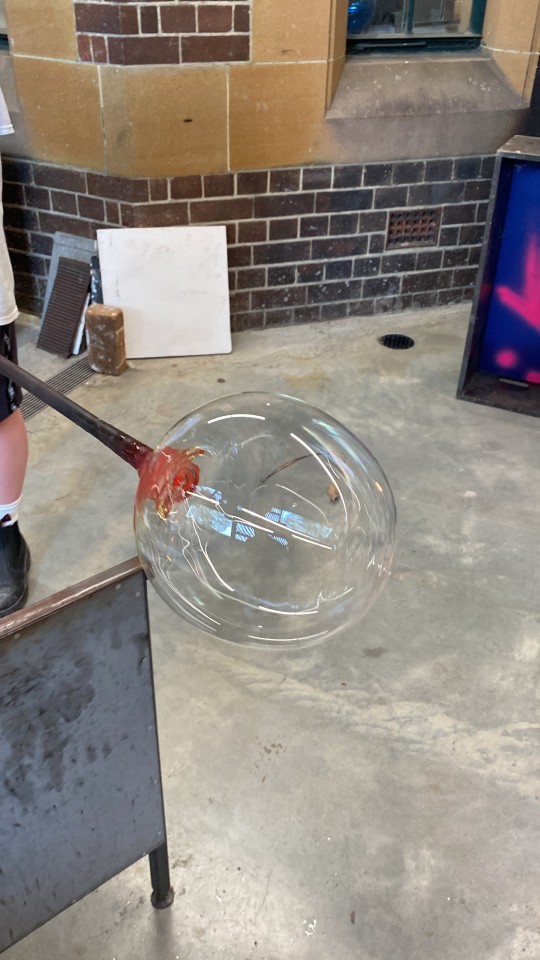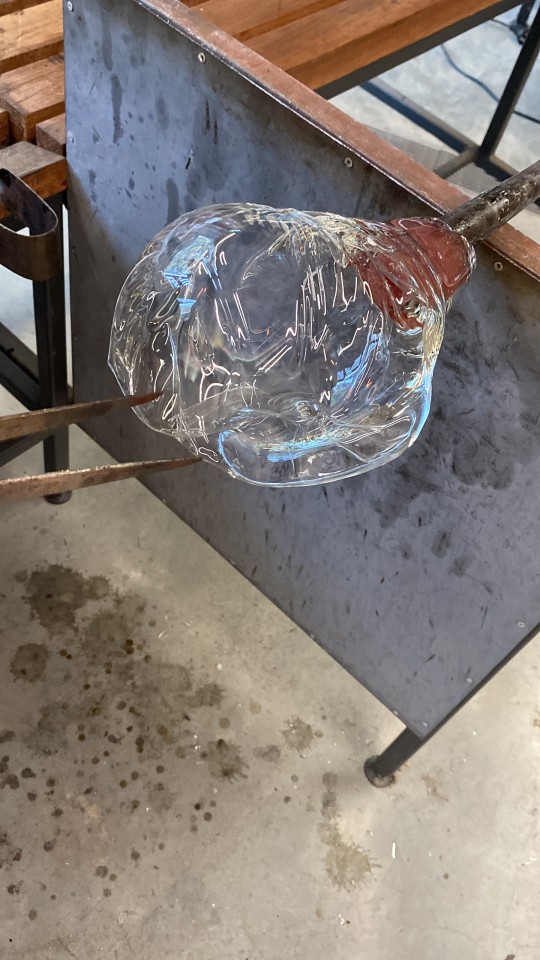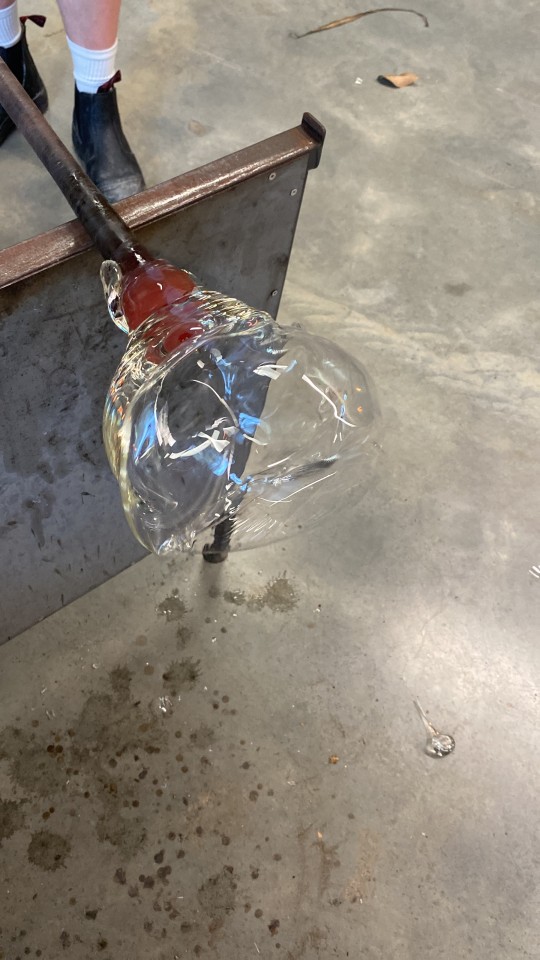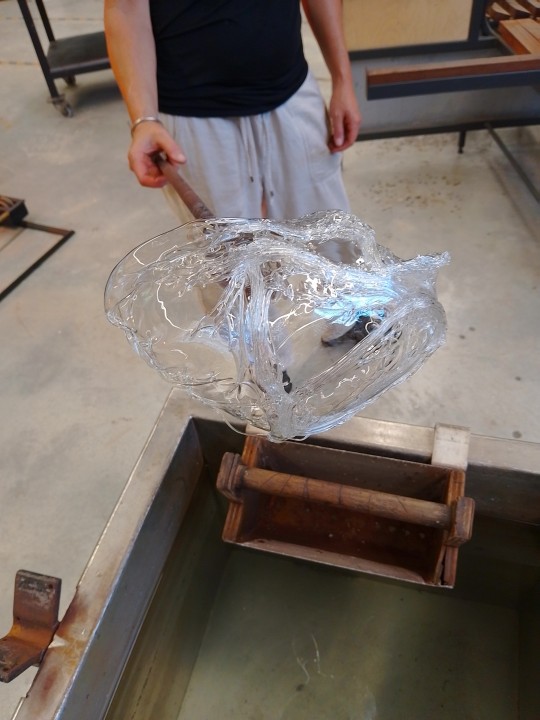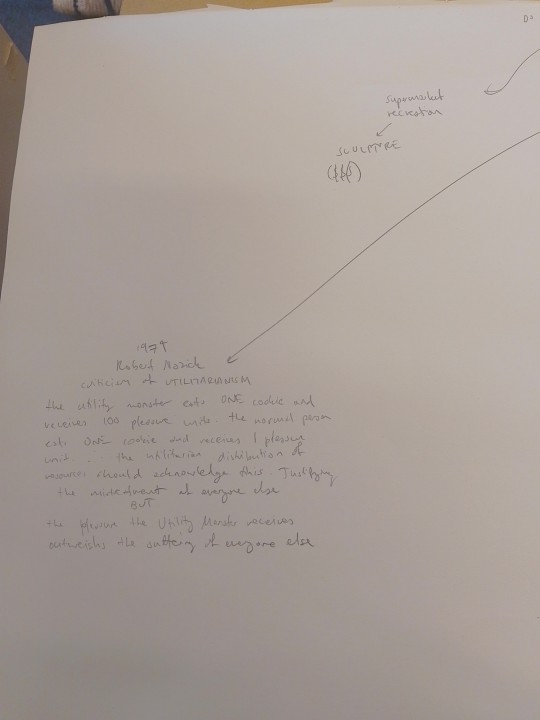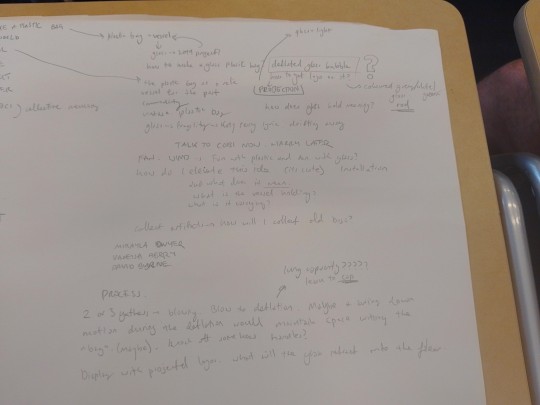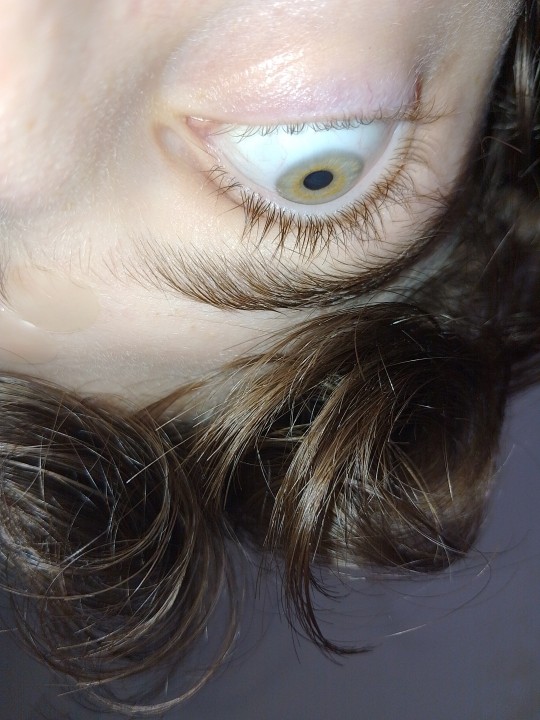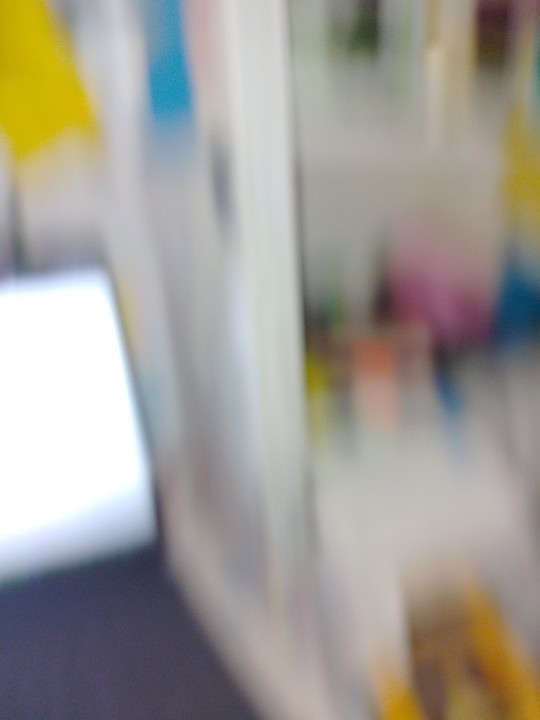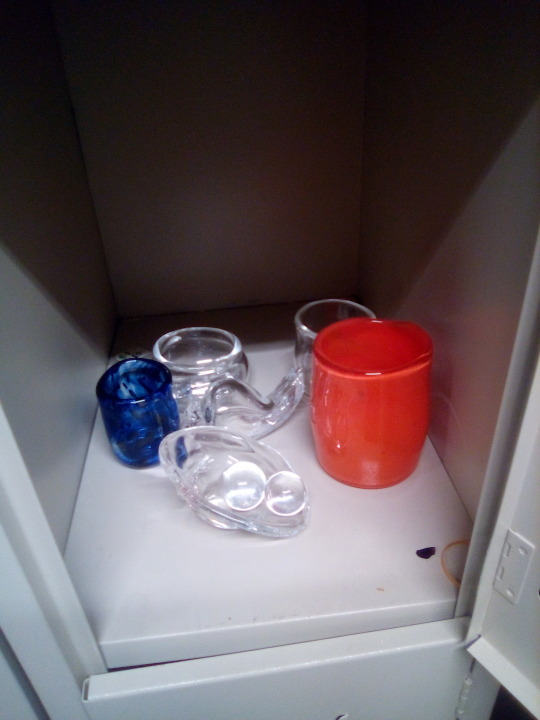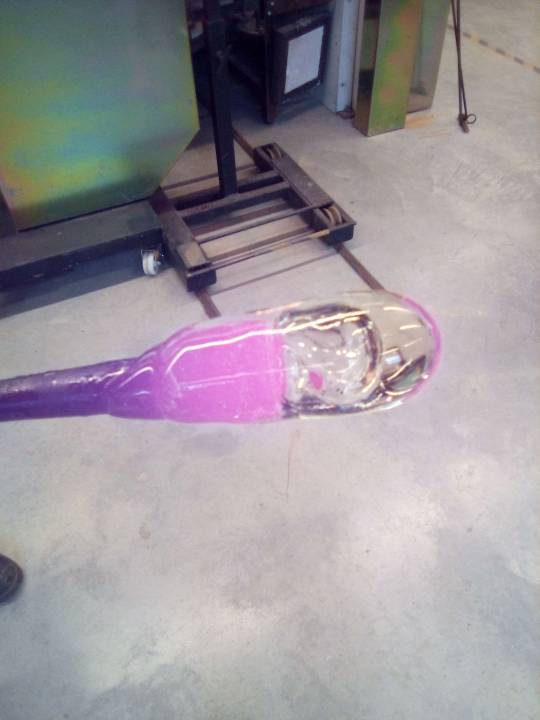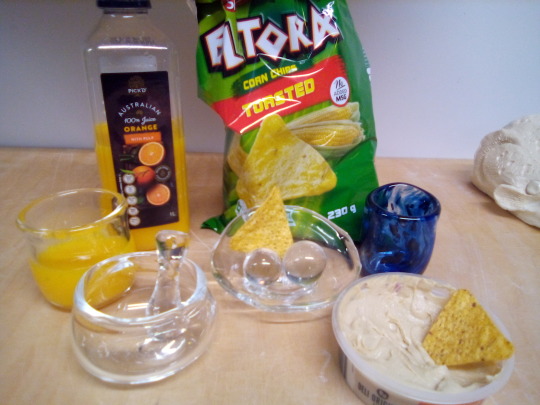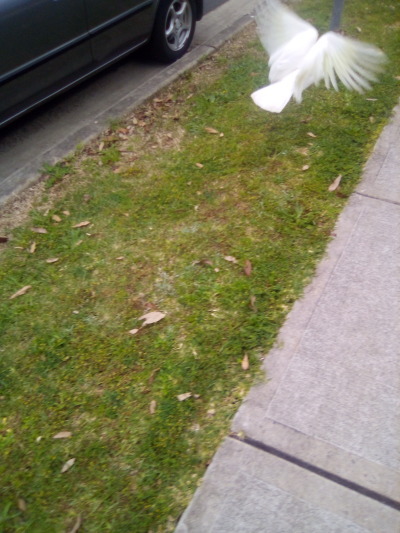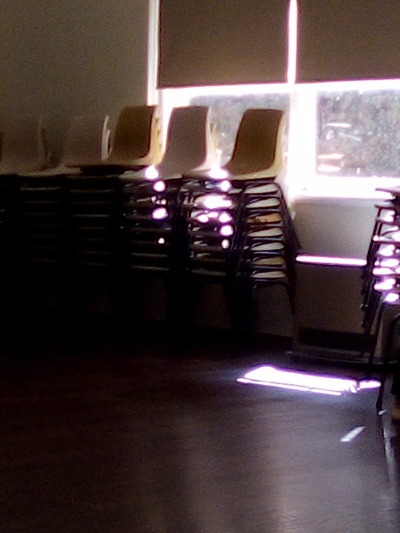Text
this ceiling has 5 white protruding panels. two long rectangular light fixtures that hang from silver wire, on one side of each a fat grey wire uncoiling from the ceiling and snaking down to connect. A complex system of heavy black pipes that attach to the ceiling from blue square fixtures. Fourteen long silver connectors secure pipes and vents. A fat, crinkly and silver ventilation tube worms around the corner ending in a metal ventilation box. A skinner, smoother, less shiny sliver pipe is followed in a three dimensional series of right angles around the corner and away.
1/3
0 notes
Text
CAST3001 - ACTIVITY 1
WEEK 1: 23/2
ACTIVITY 1: Students to introduce their work from last semester.
Do You Ever Feel Like A Plastic Bag, 2023

Write a short synopsis of this work: My artwork Do You Ever Feel Like a Plastic Bag uses the ubiquitous experience of the supermarket to explore themes of loss, place, and nostalgia. By honouring the defunct supermarket Franklins (closed 2015) with large-scale prints, music (Katy Perry's 2010 pop hit Firework), and the artifact of a genuine Franklins plastic shopping bag, my work draws focus to areas of memory which perhaps are not frequently examined by the everyday person.
Reflect on its successes and failures? What would you have done differently? What is the feedback you received? You can use last year’s project as a stepping off point or commence a new project.
This was a well-received and overall successful project for me. I do feel like there was something missing from it- I think the work could benefit from a larger scale, as immersion into the Franklins environment was the goal. However, I think with the time and resources I had the outcome was good. I could have had more information or incorporated more of my research into the work, or I could have sourced more artefacts. The installation of the sound element could have been more advanced- I could have created a custom audio mix that would have brought the experience closer to the memory, and set up a more permanent speaker. If I was going to carry this work to grad show I would reconstruct more of the environment- attempting to replicate the floor and ceiling. I could have done something more with the images like use an effect of some kind to add more depth to the work. I will move forward by finding more ways to demonstrate the connection between place, symbols, and memory.
0 notes
Text
CAST3001 INSTALLATION WORKSHOP
19/2
In this workshop we went over completion and installation of artworks.
It can be difficult and frustrating trying to know when an artwork is complete. Some pointers from Harry were: take a step back to see how you feel, use intuition, consider if you've truly pushed yourself and expanded your artistic field and remember you might not be able to implement all feedback.
PLANNING IS IMPORTANT- consider installation throughout the production process! Ways to do this: digital proof of concept, maquette, work-in-progress test installation. Consider the space and any extraneous factors that may impact the meaning, appearance, or material of the work such as lighting, appliances, shape, signs, etc. Also the audience and the navigable space.
Consider LOGISTICS: how is the artwork going to physically make it to the space? What are the obstacles? Will it require multiple people, third party, or commercial help? Will it have to be constructed in several pieces to fit it through the door, for example.
DOCUMENTATION: IMPORTANT DON'T FORGET ABOUT IT. AGAIN
We were then briefly taken through a range of tools and materials. Lists are available on Canvas.
Important notes:
Most two dimensional works will be installed on the false walls in the OTC which are made of a layer of ply and a layer of gyprock. If the work is heavy use screws that go all the way into the ply as that is stronger.
Other installation situations can be plinth/shelf, floor, suspended, custom structure, site specific
The standard eye height is 1.5m at the centre of the work. Make sure to measure offset as work is not usually hung from the centre.
PRACTICAL EXERCISE:
We installed a painting into the false wall. We used D-rings screwed to the wooden canvas stretcher approx 2/3rds to the top of the stretcher. Wire was threaded through the D-rings with just enough slack to create a very obtuse angle when hung on the nail. The wire was held in place using crimps. The work was hung on the wall with a screw at 1.5m+ offset to the highest point of tension in the wire from the centre of the work. The painting was hung on the wire and a spirit level was used to ensure it was perfectly horizontal.
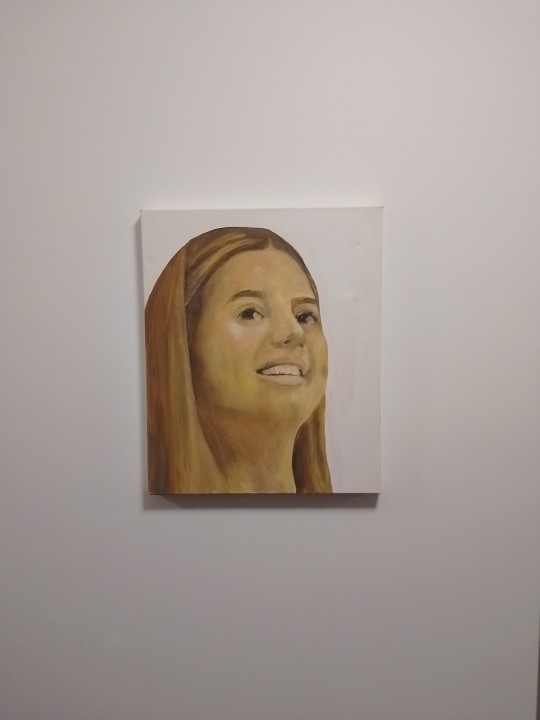
DE-INSTALLATION:
The screw was removed from the wall and the hole was filled with spacking, which was sanded back to smooth when dry.
Proper de-installation is respectful towards the space and the other people using it
1 note
·
View note
Text
22/2/24
The sky is extremely clear and the sun is behind the building. The view out of the window has a quality like a colour film photograph, the light is sharp and golden but easy to look at. The buildings across the harbour are beautiful in delicate brutalist detail. People, boats, and cars move but the scene doesn't change.
The view is flattened against the window
0 notes
Text
Tue 20 Feb
the bathroom in my house contains one built in bathtub, on the side of which are two ventilation grates, fitted snugly within the tiles. at the moment only one is visible as the other is hidden under the floor towel draped over the side of the tub. The visible grate is sitting one half of a tiles width from the wall and is the width of a whole tile, which is maybe the length of my foot. It's a brighter white than the surrounding tile, which in comparison appears slightly blue. The grate has six vertical oblong slots, with very rounded edges that give it a bulbous and some could say space-age appearance. behind the grate is an organic terrain of grout, contrasting dark and light in the ridges and bumps that give way to caves in the top left side.
0 notes
Text
SELF DIRECTED: TOTAL EXTERNAL REFLECTION
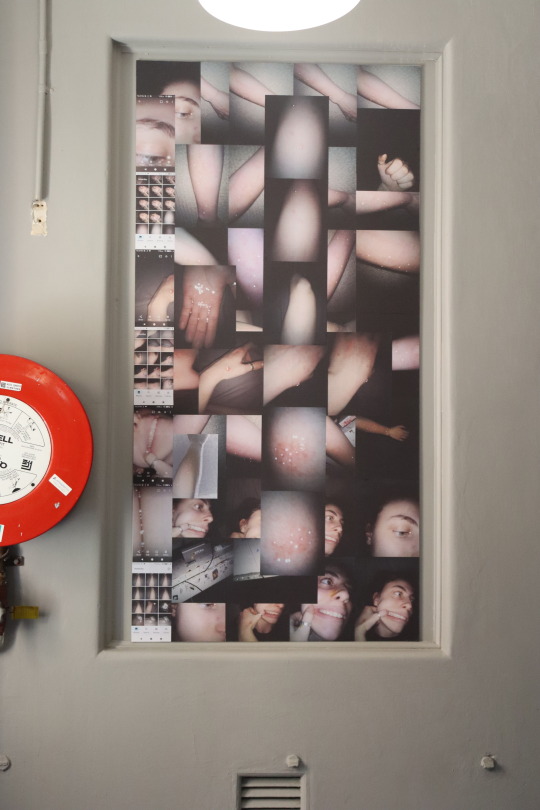
Total External Reflection, 2023. By Stephanie Bouris. 900x1840mm bond paper prints on MDF board, kiln fired glass. Installed Level 2 of the Old Teacher's College, Camperdown.
My artwork Total External Reflection is named after the physical concept Total Internal Reflection, which describes a phenomenon where waves of light arriving at the boundary of one medium and another are not refracted into the second medium, but instead the light is totally reflected back into the first medium. This is impossible within a sphere and describes the opposite phenom that produces the effect in this work.
Total External Reflection exploits and explores the interaction of glass and light in tiny spheres produced incidentally from scraps in the kiln to draw attention to the beautiful mundanity of my eczema and skin. When the flash of my Aspera Jazz 2's camera hits a glass sphere the light is refracted through the whole object, producing what appears as a white dot on the image. The glass beads were applied to my body and surrounds as jewellery and create a visual attention to my features as they parallel my pimples, bring out the texture of my eczema, and sparkle along with my weeping rashes. The beads are the surrealist element of the images that facilitate the impact of the sheer mundanity of the subject matter.
The concept and visual language of the work is informed by internet aesthetics- the bedroom photography, banal grunge, and camera roll selfies that surround me in online spaces like tumblr. Blogs like xvisualtreasure09x and ripempezardexerox create and curate images that are the cyber equivalent of readymades- jpegs and pngs scavenged from across cyberspace. The banal and ubiquitous is a theme in my wider body of work and the "framing the mundane and ubiquitous as something that carries aesthetic and historical significance" philosophy of Robert Smithson I think encapsulates my work. Aesthetically artists like Hop Nguyen (february-22 on tumblr) informed my work with low-res, personal, and urban visual themes.
The images are curated from my camera roll and arranged on the MDF board as such. Images were printed A4 size on my father's home printer. The loss of visual information from the home printing process not only reinforces the mundane, everyday language of the work but also increases the visual impact of the refraction phenomenon. Images were laid on the board with glue and layered over one another in a compilation. The camera roll screenshots on the left side of the work become a meta reference to the material process and a reference to the idea of the modern smartphone camera roll as a place of largely unimportant documentation. The work is installed specifically in an empty recess in the wall at the end of a hallway in the OTC, allowing the work to blend into its environment.
Total External Reflection is a thoroughly contemporary work about the acceptance of self and self-image- by imposing a large-scale compilation of images documenting a skin condition the artist reflects on a total acceptance of their most external self.
3 notes
·
View notes
Text
Hot Shop
HOT SHOP INTRO
we went through all the basic tools in the hot shop: blowpipes and punties, glory hole and furnace, metal and wooden jacks, tongs, blocks, marver, bench, paddle, pipe cooler, shears, sophietta, etc. went through how to set up the bench with a focus on efficiency and ease of use which is crucial when dealing with dangerous molten glass and hot tools. This is also why teamwork is very important.
Notes:
when gathering it is important to start turning the pipe or punty before making contact with the surface of the glass in the furnace. Then in order to create an even line on the moil you must do AT LEAST one full rotation keeping the pipe at a consistent in the glass.
Molten glass is a liquid and thus susceptible to gravity so it is very important to keep the pipe or punty turning at all times so the form can stay even.
After coming out of the furnace usually we go straight to the steel marver to stabilise and make the shape uniform. On the marver you can push forward or pull back while rolling to shorten or elongate the glass on the end of the pipe.
The most important part of glassblowing is maintaining an even and consistent temperature throughout the object, especially when going to blow or make any sculptural changes to the object. This is why its important to flash in the glory hole after blocking. The glory hole is used for reheating your object to make it more pliable but also evenly distributing that heat.
HOT AIR RISES, this is why capping works. Always cap IN THE MIDDLE of a breath to capture it and dont let your thumb slip off the hole while holding upright. Too much air can burst the bubble so using judgement is important.
When using a block or creating a jack line you can make things easier by starting angling the tool away from the glass. Also while rolling the pipe at the bench its useful to stop using the tool when changing the direction of the roll as that makes it easier to stay even.
while reheating in the glory hole try to make sure that you're holding the pipe straight so the shape doesn't warp or get stuck to the side of the hole.
Glass is more likely to break where its colder and thinner. Shocking your jack line with cold steel or water ensures knocking off will be successful. When shocking the jack line with water make sure not to get water of the sculptural part of the object, instead drop it slightly further up the moil and let gravity take it to the jack line.
The whole glass object needs to cool down at a consistent temperature or it can crack- this is why objects are placed in the annealing kiln after sculpting.
marble

Gathered on the PUNTY. Rolled lightly and evenly on the marver. Reheat for malleability and lightly introduce a jack line off the end of the moil. Use the circle tool at the bench to sculpt the small sphere starting at the top and ending towards the jack line. Use jacks to make the breaking point as small as possible for less linishing work later.
dooby
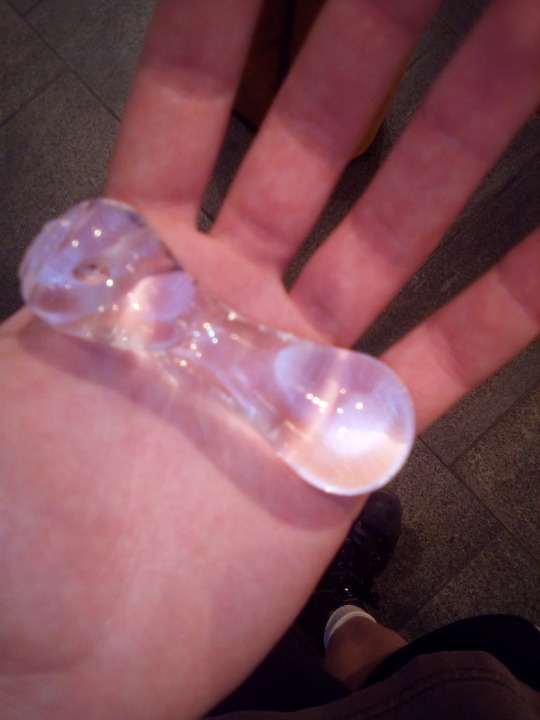
Similar to marble process, but using jacks at an angle to create this shape. This was good practise for using the jacks.
flower
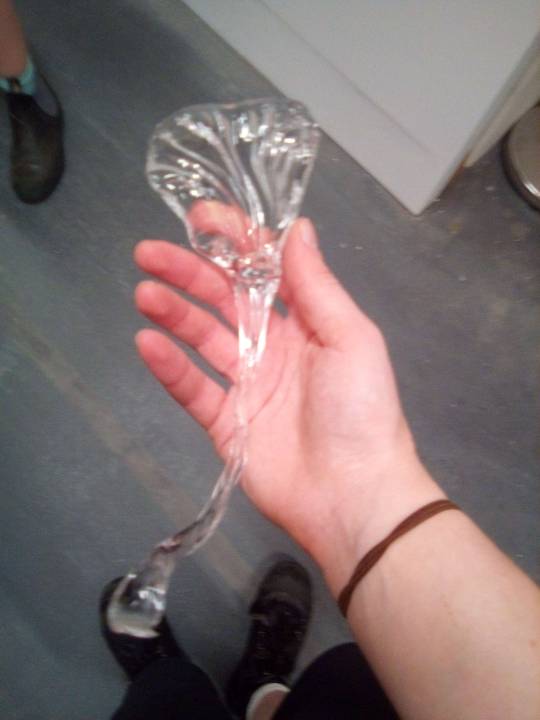
after gathering come to the bench and use the flat side of the tongs to flatten the gob. Use tweezers to pinch around the flat part to mimic the shape of petals. Then pinch firmly and pull the flower away from the pipe to make a stem which can be twisted and bent however you desire. Use diamond shears to constrict the end near the punty and knock off into tweezers.
0 notes
